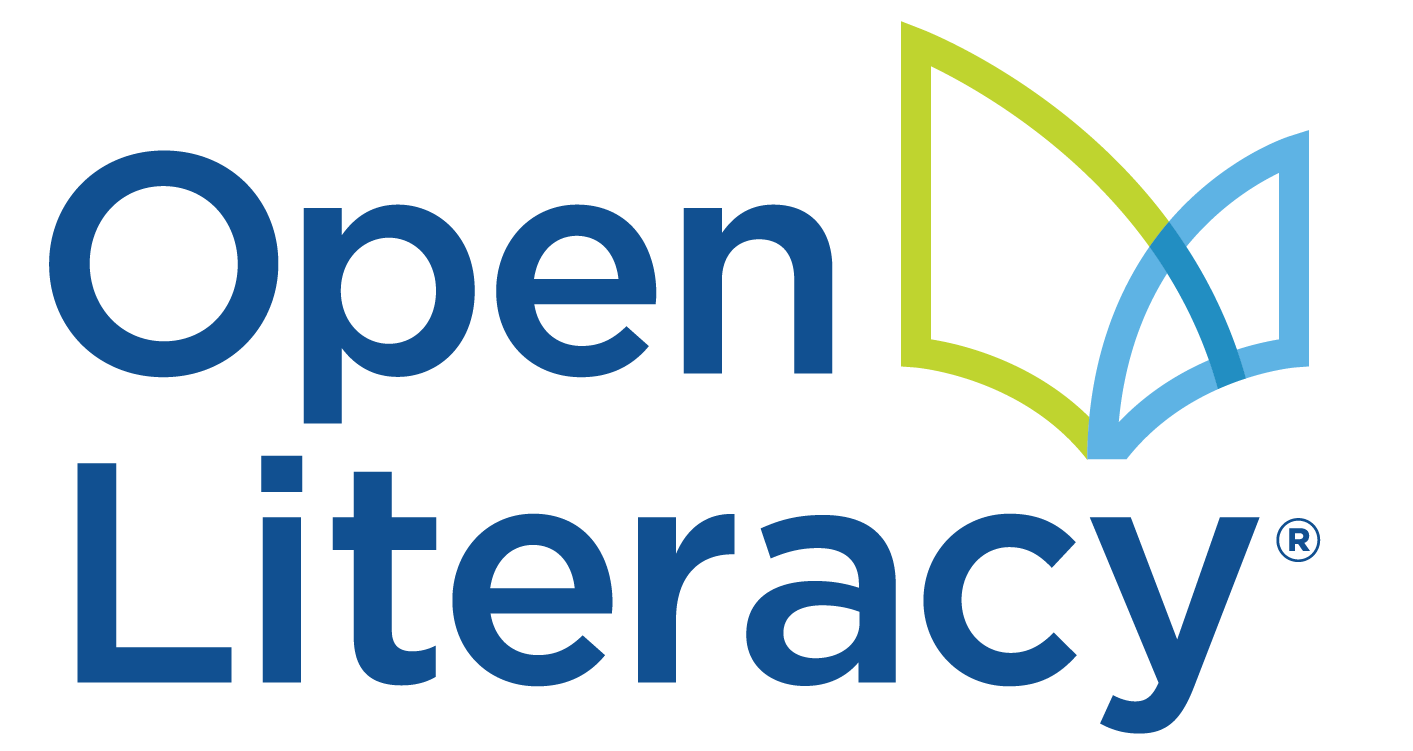Ten Reasons Why Reading Comprehension Scores Haven’t Budged in Years
Despite many attempts to improve reading instruction in the United States, student achievement outcomes remain much less than ideal. In fact, there is no correlation between increases in federal spending and increased performance in reading for either elementary or secondary students. Switzerland aside, the United States spends more per student when compared to every other country in the OECD yet scores just 17th on the overall reading scale. Throwing money at the problem hasn’t helped. So what explains why reading comprehension scores haven’t budged in decades?
1. Teachers feel unprepared to teach reading comprehension.
Most teachers are committed to teaching reading comprehension but have very little idea regarding what they are supposed to do to support the development of proficient reading comprehension skill. In early elementary literacy, there is some hard-fought consensus regarding the type of instruction that supports students in learning to read. We need a similar consensus in the upper elementary grades. A start: text-based discussions, daily interactive read alouds with discussion, mini-lessons that are explicit and include modeling and an opportunity for guided practice, small group reading instruction with explicit teaching of phonics and word solving, and a 5-day cycle of vocabulary instruction built off of the robust vocabulary instruction model introduced by Beck, McKeown, and Kucan.
2. We ignore content.
Content matters! The romantic idea that we can teach children a number of isolated strategies and then they will be able read the world is simply false. We must make content matter. Bonus: Students like learning about the world. Have you ever seen a class get super excited about a topic? Caves! The Solar System! How rocks are formed! Erosion! The possibilities are really endless.
3. We have made reading boring and irrelevant.
By ignoring content, we have made reading really boring for many children. Reading a random text passage that may or may not be of interest (or relevant to the curriculum) and then filling out a worksheet about main idea and supporting details isn’t going to help students like reading and develop as skillful comprehenders. No one reads a book because they want to learn about personification.
4. There is no choice.
Students rarely have opportunities to read texts about topics, people, and ideas that interest them. As such, they have very few opportunities to develop identities as readers – with likes, dislikes, favorite authors and series where they are eager to read the next book.
5. Students have very few opportunities to read connected text that is appropriate for their reading level.
In a recent study I conducted, out of 36 hours of instruction, very little instructional time was spent with students actually reading texts independently! Students spent a lot of time talking about texts in the abstract (what do you think this text might be about?), being read to by the teacher, talking about the process of reading (what do good readers do? Good readers make predictions), and completing activities that assessed whether or not they comprehended. But students were not actually reading. If we want students to get better at reading, they need the opportunity to read connected text that is appropriate for them (e.g., not too hard, not too easy). We wouldn’t expect someone to be a skillful swimmer if we never let them get in the pool!
6. We do not explicitly teach students about how texts work.
What is a flashback? How does dialogue work? How do pronouns work in texts? Our classrooms are well-equipped to serve children who can already comprehend texts well, while providing very few learning opportunities for students who need to learn to comprehend skillfully.
7. We have defined reading comprehension incorrectly.
Overall we are thinking about reading comprehension as a construct that involves a number of aspects of authors craft such as character traits, identifying the setting, and understanding personification personification. Or, we treat reading comprehension as a set of strategies (summarizing, questioning, etc.) rather than the ongoing process of making meaning while actively reading texts. If we continue to define comprehension in an isolated way, we will always have a comprehension plateau. The RAND Reading Study Group defined reading comprehension as the process of simultaneously extracting (decoding) and constructing meaning through interaction and involvement with written language. Constructing meaning is best accomplished through discussion.
8. Basal reading programs are the only intervention we have at scale.
Commercially produced basal reading programs tend to carve up the reading process into an amazing number of tiny parts and there is no attention to content. One day students might read a text about Danica Patrick, the next a story about John Glenn, and the third a fictional story about two friends who decided to go grocery shopping for their elderly neighbor. The purpose of the basal lessons is often skill focused, for example, learning to summarize, but it doesn’t matter if students learn anything about the world in the process.
9. Reading research is not communicated in ways that are accessible to teachers, policy makers, and other stakeholders.
There is an amazing amount of research in the area of reading comprehension, and yet the materials produced from most research efforts is not written for those who have the potential to change the landscape of reading comprehension instruction.
10. There is the idea that teaching science, social studies, geography, and history is not teaching reading.
If we help students negotiate scientific and historical texts, they might learn something about science and history…and their reading comprehension will improve, too!
These are ten ideas, but there are surely more (we are too worried about standardized testing, for example). What are your thoughts? I’d love to hear from you!
Never miss a post!
Follow us on Instagram and Facebook
Have a literacy question you’d like answered? EMAIL US
Return to BLOG HOME
